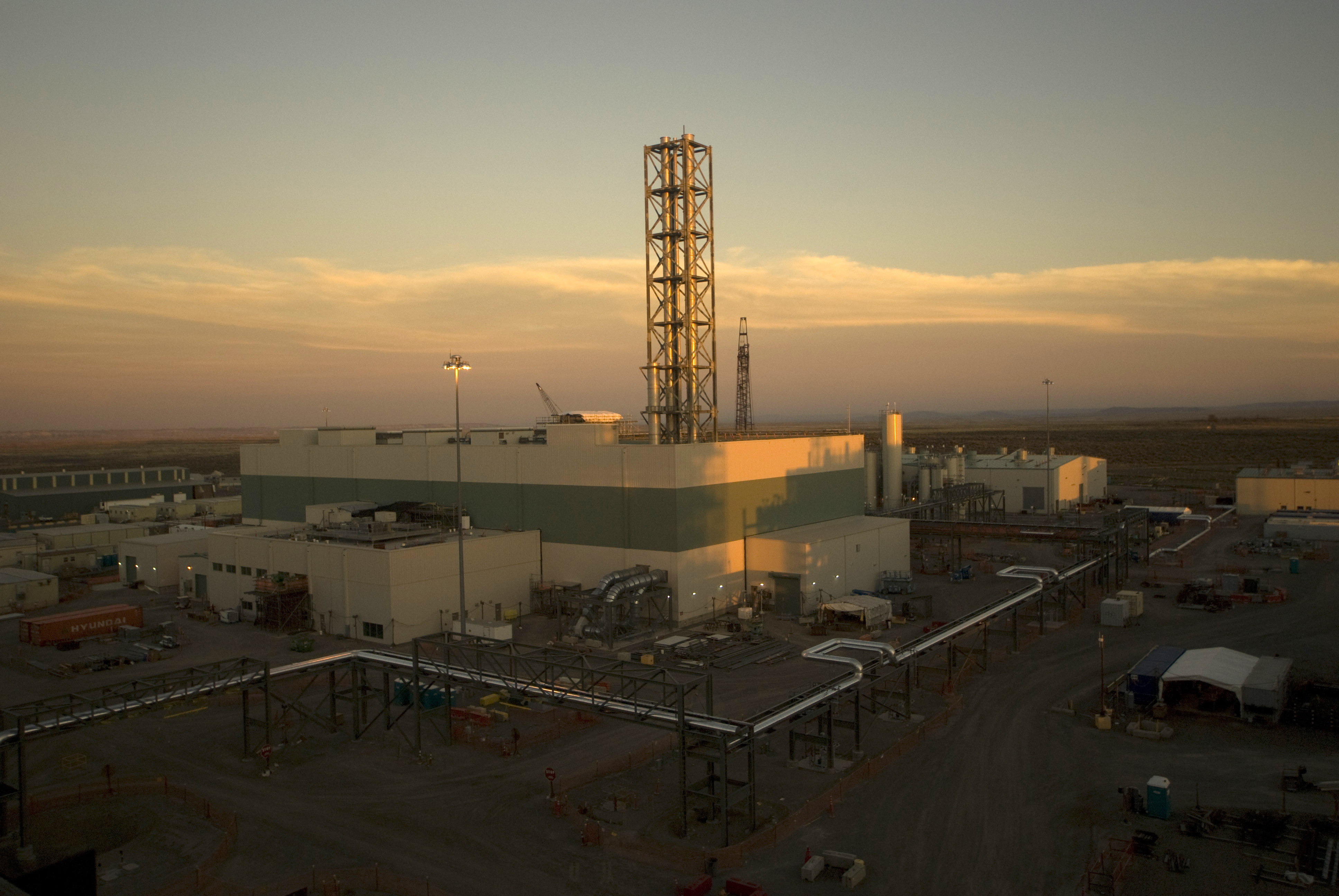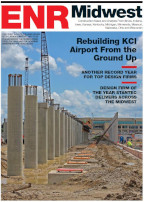Peggy McCullough, named in July as Bechtel National project director for the high-level nuclear-waste treatment plant at the U.S. Energy Dept.'s Hanford site in eastern Washington state, inherited a $12.2-billion project beset by delays and cost overruns since work began a decade ago, with numerous technical, budget and procedural challenges. The complex facility will turn 56 million gallons of waste now in 177 underground tanks into vitrified glass for storage.
DOE's inspector general issued a report on Oct. 3 that questions the firm's design-safety review and quality-assurance efforts and criticizes DOE oversight. In an Oct. 4 interview with ENR correspondent Tim Newcomb, McCullough outlines her management strategy. She formerly directed a coal project in Australia to 95% completion under budget and ahead of schedule, Bechtel says, and was a manager at the Yucca Mountain nuclear project. This interview has been edited for space.
What are you doing to change the IG audit report's safety conclusions?
We sampled 2,000 out of 20,000 vendor documents and found 480 that had not been sent ... for [safety] impact review. None of those changes impacted nuclear safety. We're making modifications to that procedure that better tighten the linkage in in-shop inspection for deviation from design. The in-shop inspector will perform those inspections and document before [a document] ships. We do safety-conscious work, and our survey data does not indicate we have a major culture issue.
Bechtel earned half its recent DOE incentive fee. What does this tell you?
In general, the customer is incentivizing us for being transparent, self-critical and for implementing corrective action. That is something [DOE] wants to see more of and something we are going to deliver. Our nuclear safety quality culture was one area the award fee was very positive about.
What is the plant's key technical issue?
The technical issues all stem from the characterization of what is in the waste stream and an evolving knowledge of what sits in those tanks. Questions have been raised about particles, particle sizes and plutonium particles that could come into the plant. The technical decisions we are working on [relate to] what would happen if particles outside the waste- acceptance criteria got into the [plant].
Editor's note: A new DOE "framework" document for the plant, issued on Sept. 24, allows for a phased approach that would immobilize low-level waste sooner, bypassing a planned pretreatment facility while its technical issues are resolved.
You say criticism is unwarranted. Why?
Things get plucked out of these reports and are not a total representation of everything in there, and the whole story isn't told. I see signs we are truly making headway in self-identification to improve the relationship with the customer.



